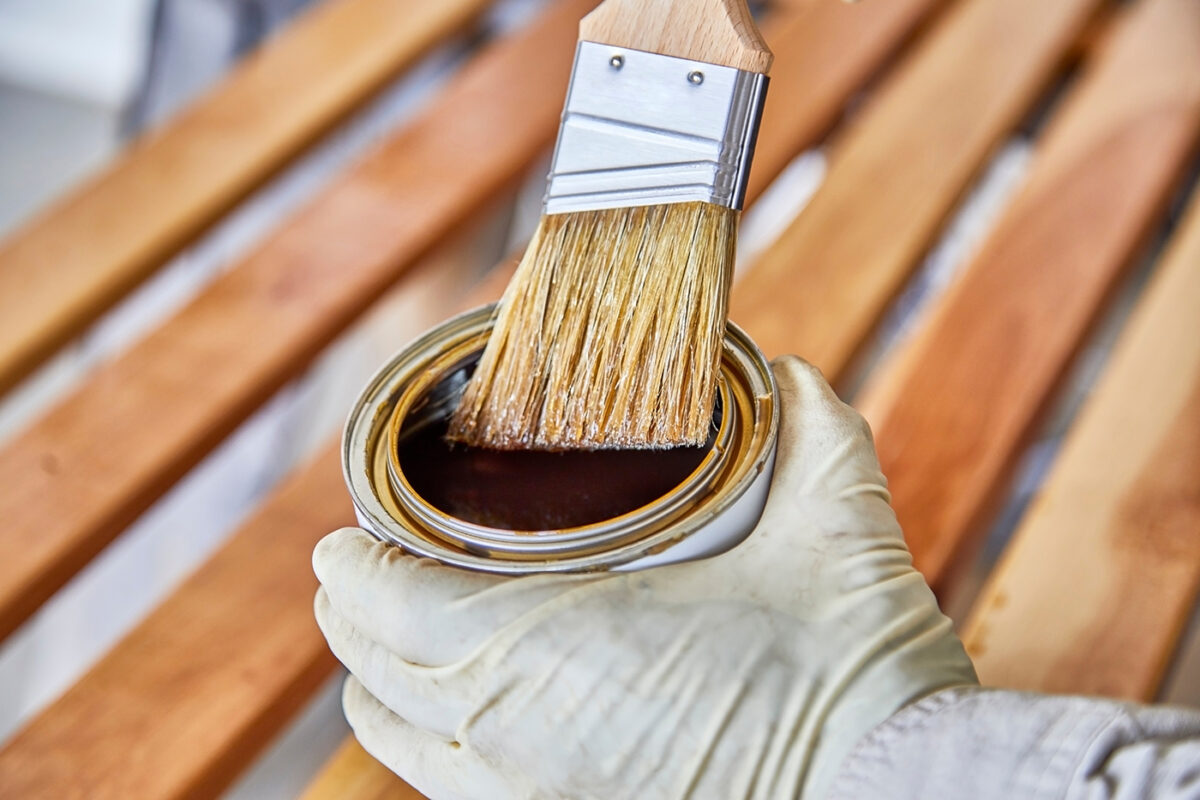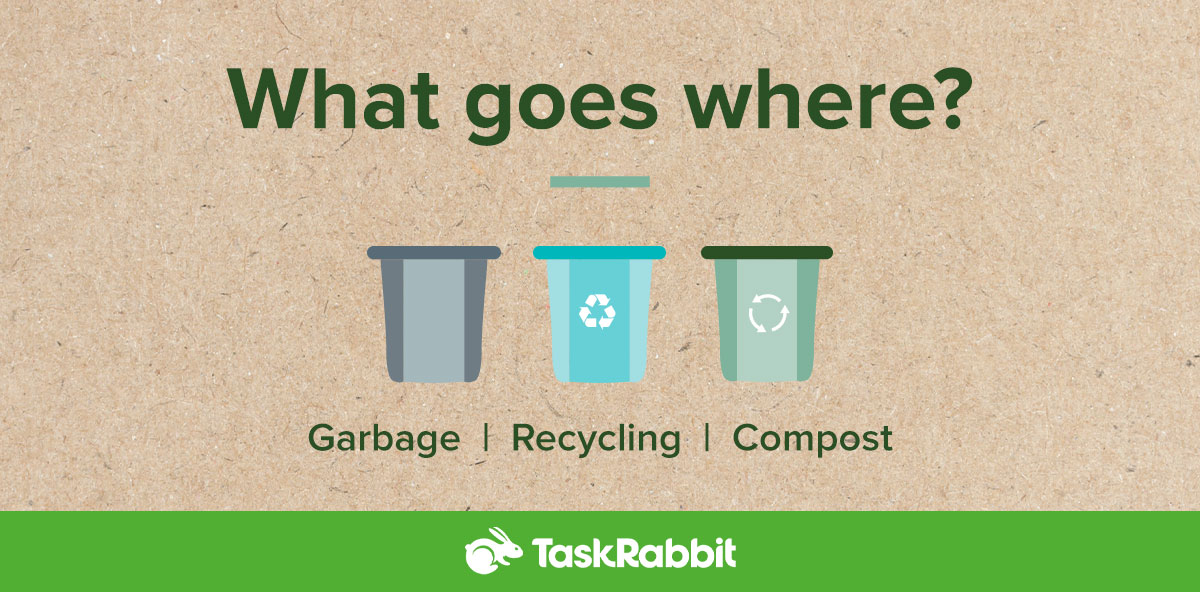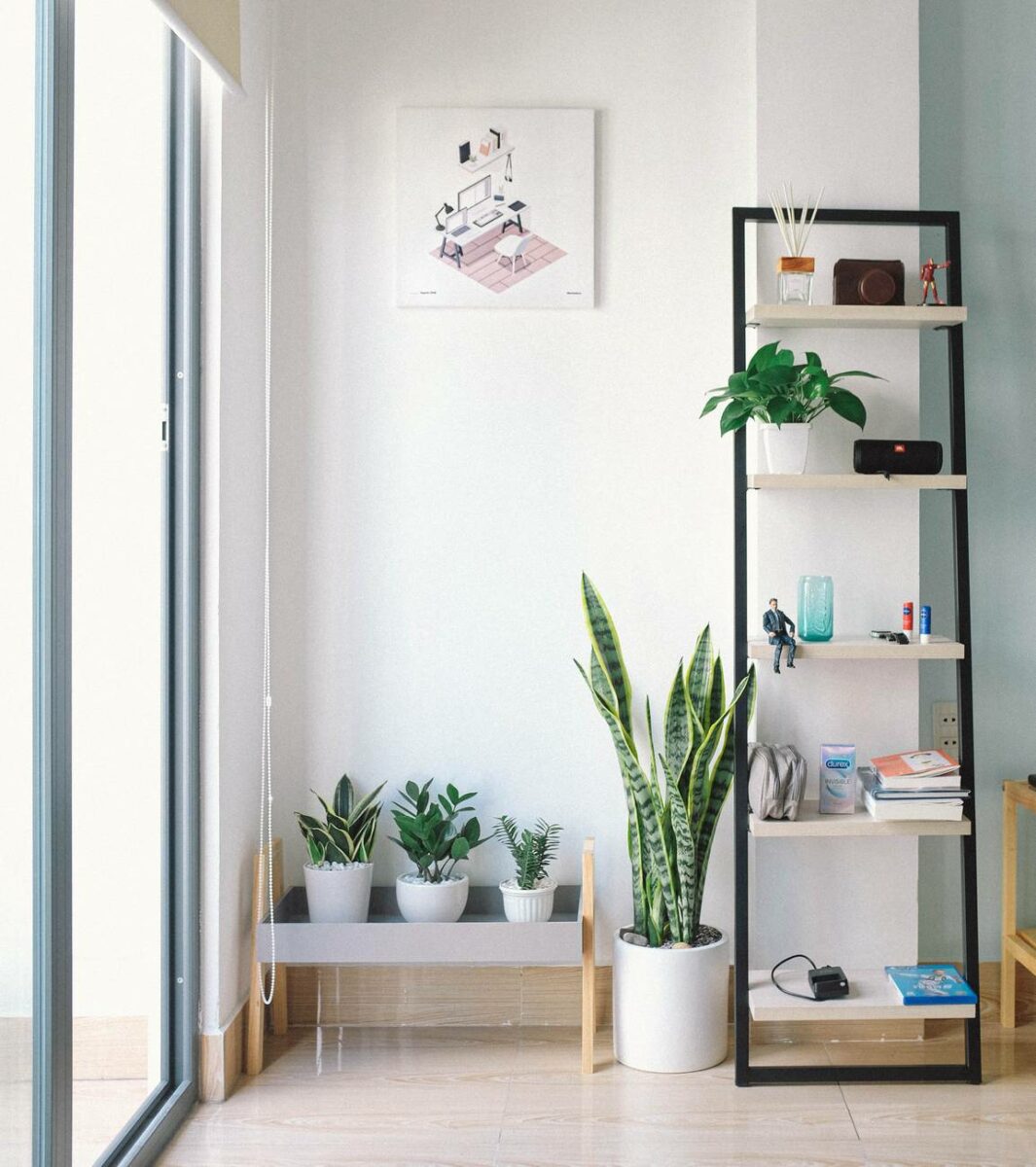Nothing beats the warmth and beauty of wood furniture and accents in a home. Plus, wood is super durable, so if you take care of it right it can last for generations. If you’re considering staining or varnishing your wooden surfaces to keep them looking as healthy and radiant as they are today, read on to figure out which option is best for you.
What’s the Difference Between Stain and Varnish?
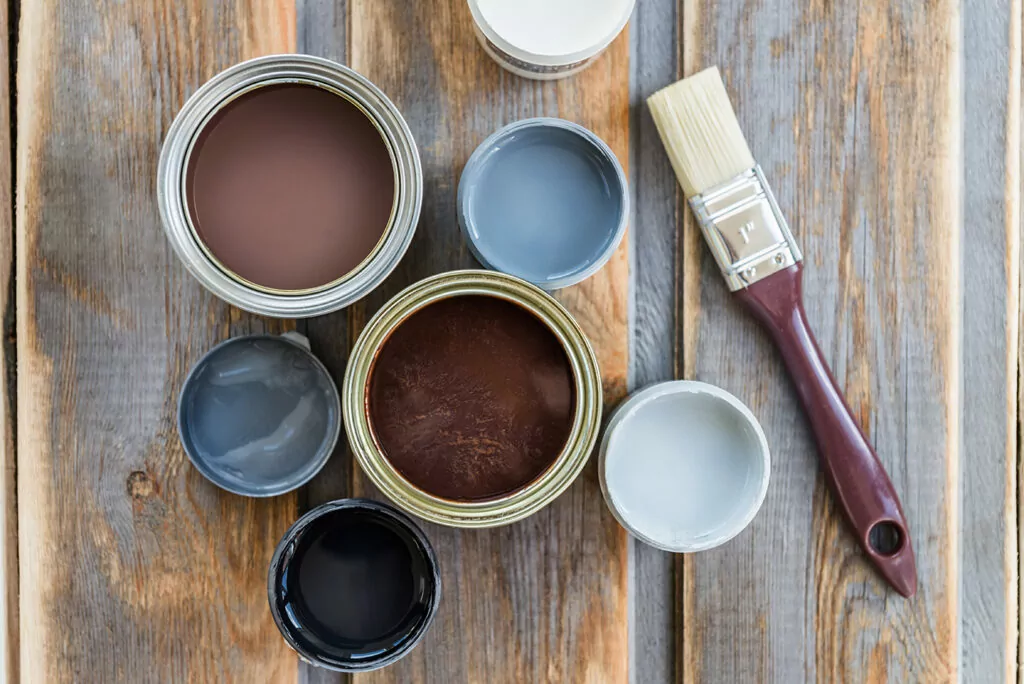
Wood stain alters or enhances the wood’s color by penetrating deeply to highlight its grains, intensify its tone, and even change its color. Common stain shades come in timber tones such as teak, oak, and mahogany. Water-based stains are a blend of water and pigment. When applied, the stain penetrates the wood grain, and as the water evaporates, the pigment remains. These stains are typically used for interior doors, windows, trim, and furniture, and is applied with a brush or cloth. Oil-based stains, on the other hand, are ideal for revitalizing old interior wooden surfaces and requires more working time than water-based stains. However, it’s important to note that staining wood is primarily for appearance and does not protect wood.
Unlike stain, varnish does provide protection for wooden surfaces without altering their natural appearance. Typically clear and transparent, varnish hardens the outer layer of wood and forms a protective barrier on the wood’s exterior. Nowadays, varnish comes in various semi-transparent shades and sheen levels, such as matte, satin, and gloss finishes. You can also find varnishes that offer additional durability. Like stain, wood varnish also comes in both water-based and oil-based options. Oil-based varnishes typically add a warmer tint to wood compared to water-based varnishes. Lastly, varnish is suitable for protecting both indoor and outdoor wooden surfaces.
It’s important to note that while the terms varnish and finish are often used interchangeably, there are some differences. While all varnishes are finishes, not all finishes are varnishes. Other finishes include lacquer, waxes, and dye, among others. Be sure to read product labels so you know what finish you’re purchasing.
How to Choose Between Varnish vs Stain?

When it comes to deciding between staining or varnishing wood, ask yourself the purpose. To enhance the wood’s color, staining should be fine. But to protect the wood against any chipping from impact, or from the elements, varnishing is your best choice.
Many woodworkers decide to stain and varnish a wooden surface at the same time. Note if you use a water-based stain, use a water-based varnish. Alternatively, if you use an oil-based stain, use an oil-based wood finish. If you do decide to mix and match, it’s recommended to apply a coat of shellac sealcoat between the stain and finish. For proper varnish adhesion, it’s important to wipe up any excess stain after applying.
Can You Use Stain and Varnish?
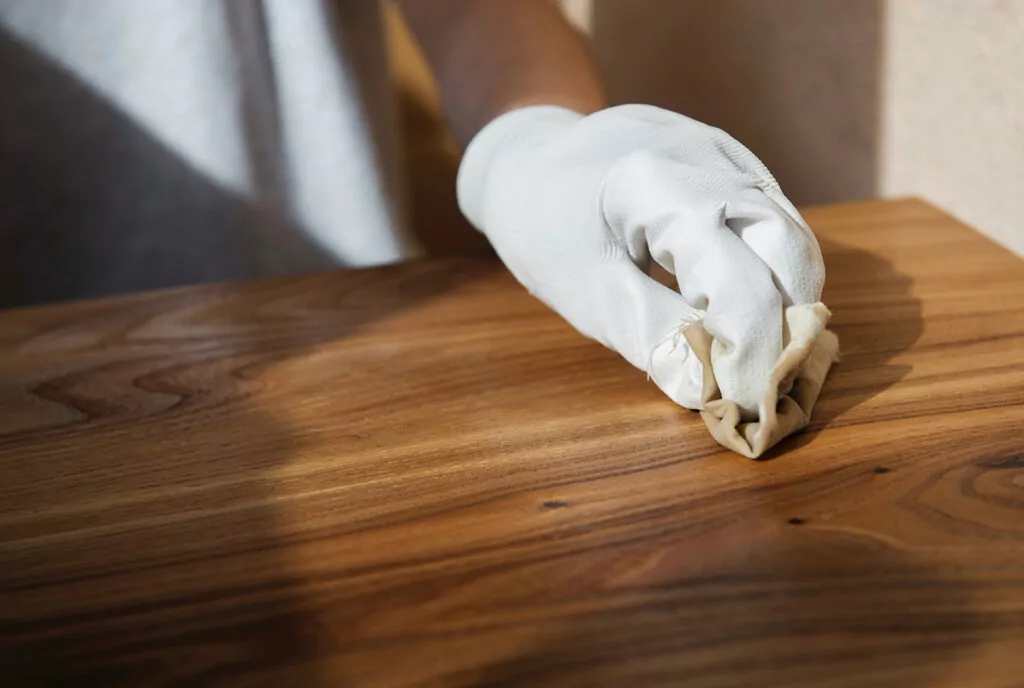
Yes, you can purchase a combo stain and varnish. Stain and varnish adds both color to wood and preserves it with a protective clear finish. Similar to stain, it’s available in both water-based and oil-based options and the best part is no top coat is required. Combo stain and varnish options are a great idea to save both time and money. You can always apply an additional top coat of clear polyurethane or varnish for any extra durability wanted. While this option is convenient, some DIY-ers haven’t had the most success and ended up with a less than even finish. They recommend applying stain and finish separately.
How Do I Prepare Wood for Stain or Varnish?

The last thing you want is to seal dirt into your wooden surfaces with varnish. Follow these steps to prepare your wooden surfaces for wood stain and varnish.
- Brush the wood to remove dust and any loose fragments with a natural bristle or soft nylon brush.
- Sand the timber until the surface is smooth. This step is best completed outdoors.
- Dust the wood with a clean and dry brush.
- If you’re unable to work outside, clean up your work area. Allow any dust from sanding to settle prior to cleaning.
- With a clean, damp cloth, wipe the wood clean. Then allow the area to dry for a few hours before applying any coating.
- For applying water-based wood stain, use a synthetic brush. For solvent based wood stains, use a natural bristle brush. The same goes for varnish, but first wait for the stain to dry.
Frequently Asked Questions

Read on for some frequently asked questions about stain and varnish.
What is varnish?
Varnish is a transparent, hard protective film used primarily in finishing wood. It’s typically applied as a final step in the finishing process and provides a glossy, satin, or matte appearance to woodwork surfaces. Varnish provides a protective coating that helps prevent damage from moisture, heat, scratches, and stains.
What does wood stain do?
Wood stain is a type of finish that is applied to wooden surfaces to change or enhance their color. Unlike paint, which covers the wood’s surface, stain penetrates into the wood to accentuate the natural grain while adding color.
What is the difference between stain and varnish?
Stain is primarily used to add color, while varnish is typically a clear coating used to protect wooden surfaces. While stain does change the color of the wood, it does not add a glossy finish like varnish.
Can you stain over varnish?
No, stain is applied as the first coat before varnish because stain needs to absorb into wood. Varnish is applied as a final coat to protect wood from moisture, UV rays, scratches, and stains.
What types of wood are suitable for stain?
Porous or softwoods are ideal options for wood stain including oak, ash, mahogany, and walnut, as well as pine, cedar, and fir. Additionally, woods with interesting grain patterns, such as maple and cherry, can benefit from staining.
What types of wood are suitable for varnish?
The best wood for varnish are hardwoods, such as oak, maple, cherry, and walnut, as well as outdoor woods like teak and cedar. Wooden furniture, often made of birch, beech, or mahogany, is also ideal for varnishing.
Need Help?

Wood accents, whether indoors or outdoors, add a stunning touch to any home. To keep them looking their best, regular cleaning and maintenance are key. If your wooden surfaces need some TLC, look no further than home repair services on Taskrabbit! Whether it’s resealing the deck or painting interior trim, your local neighborhood Tasker can handle it all.
